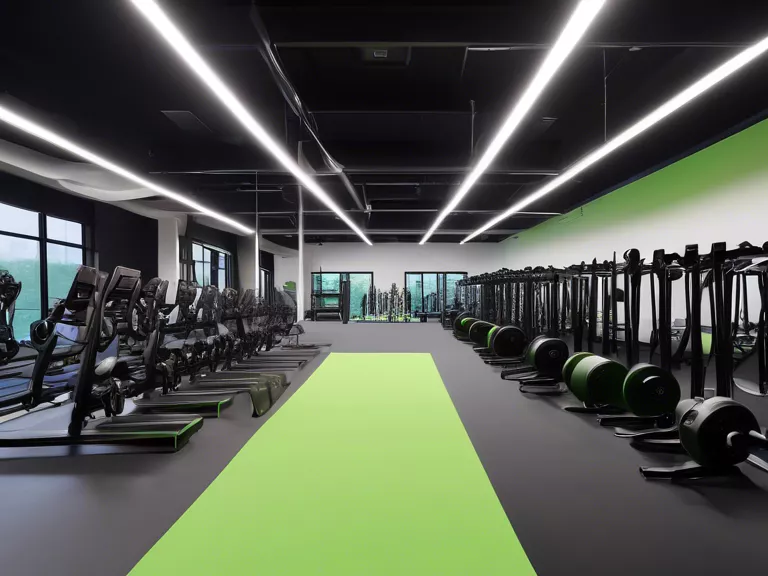
Introduction
In recent years, the intersection of fitness and sustainability has become increasingly important. Eco-fitness, the practice of incorporating environmentally friendly practices into fitness routines, has gained popularity as individuals seek ways to reduce their carbon footprint and promote a healthier planet. One crucial aspect of eco-fitness is sustainable lighting, as the right lighting can enhance both the workout experience and environmental impact. In this article, we will explore the benefits of eco-friendly lighting for fitness spaces and how it contributes to a healthier planet.
The Importance of Sustainable Lighting in Fitness Spaces
Proper lighting in fitness facilities is essential for creating a safe and inviting environment for users. However, traditional lighting solutions often come with high energy consumption and environmental impacts. Sustainable lighting aims to address these issues by utilizing energy-efficient technologies and eco-friendly materials.
Benefits of Eco-Friendly Lighting for Fitness Enthusiasts
- Energy Efficiency: Eco-friendly lighting solutions such as LED lights consume significantly less energy than traditional incandescent bulbs, leading to lower electricity bills and reduced carbon emissions.
- Improved Performance: Well-designed lighting can enhance visibility and create a motivating atmosphere for workouts, improving focus and performance.
- Healthier Environment: By choosing sustainable lighting options, fitness enthusiasts can contribute to reducing light pollution and minimizing the environmental impact of their workouts.
Types of Sustainable Lighting for Fitness Spaces
- LED Lighting: LED lights are one of the most popular choices for eco-friendly lighting in fitness facilities due to their energy efficiency, long lifespan, and versatility in design.
- Natural Light Integration: Maximizing natural light through windows, skylights, and light tubes not only reduces the need for artificial lighting but also provides health benefits such as vitamin D production and mood enhancement.
- Motion Sensor Lights: Installing motion sensor lights in fitness spaces can help conserve energy by automatically turning off lights in unoccupied areas.
Tips for Implementing Sustainable Lighting in Fitness Centers
- Energy Audit: Conduct an energy audit to identify areas where lighting can be optimized for efficiency.
- Use Timers and Dimmers: Implement timers and dimmers to control lighting levels based on occupancy and time of day.
- Choose Recycled Materials: Opt for lighting fixtures made from recycled materials to minimize environmental impact.
Conclusion
Eco-fitness is not only about personal health and wellness but also about the health of the planet. By incorporating sustainable lighting practices in fitness spaces, individuals can contribute to reducing their carbon footprint and creating a greener environment for future generations. Making the switch to eco-friendly lighting not only benefits the planet but also enhances the overall fitness experience, making workouts more enjoyable and effective. Embracing eco-fitness sustainable lighting is a step towards a healthier planet and a brighter future for all.

